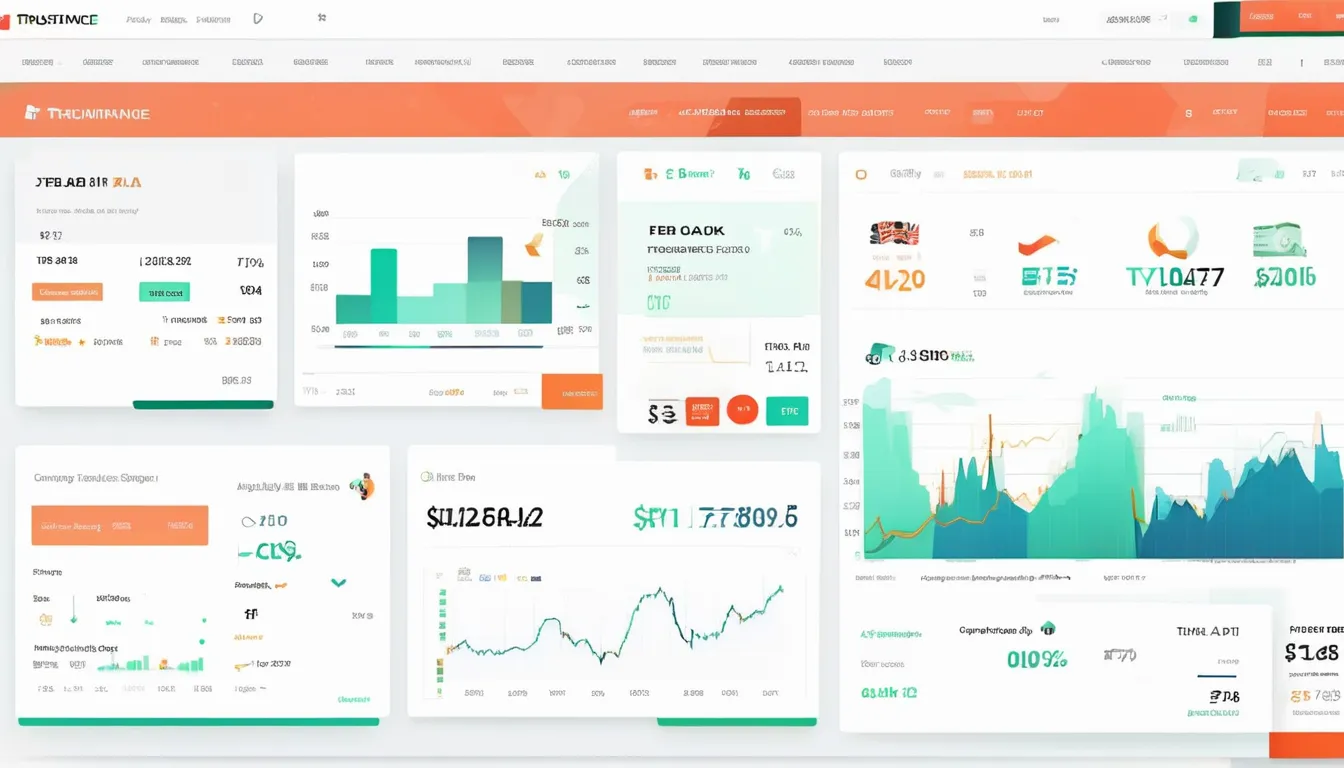1 on 1 marketing, also known as personal merchandising, focuses on building direct relationships with soul customers. Unlike mass selling, this go about tailors messages and offers to meet the unique needs of each client. In nowadays s militant landscape, businesses that adopt 1 on 1 selling gain a substantial edge by fosterage trueness and conversions.
Why 1 on 1 Marketing Matters
Customers now expect personalized experiences. Generic ads and promotions no thirster capture care as they once did. Here s why digital marketing is necessary:
- Higher Engagement: Personalized messages resonate better with customers.
- Increased Loyalty: Customers feel valuable when brands address their particular needs.
- Better Conversion Rates: Tailored offers lead to more sales.
- Competitive Advantage: Stand out by delivering unusual experiences.
Key Strategies for Successful 1 on 1 Marketing
Implementing 1 on 1 selling requires a strategic approach. Below are well-tried strategies to help businesses with customers on a personal rase.
1. Leverage Customer Data
Data is the foundation of personalized marketing. Collect and analyse client demeanor, preferences, and buy out history to make targeted campaigns. Use tools like CRM systems to cross interactions and section audiences in effect.
2. Use Personalized Email Campaigns
Emails with personalized subject lines and do better than generic ones. Address customers by name and recommend products supported on their past purchases or browse history.
3. Implement Dynamic Website Content
Display customized content on your web site based on user deportment. For example, show reverting visitors products they previously viewed or suggest complementary color items.
4. Engage Through Social Media
Social platforms allow direct fundamental interaction with customers. Respond to comments, send personalized messages, and use retargeting ads to re-engage curious users.
5. Offer Tailored Discounts
Provide exclusive discounts based on customer preferences. For example, send a natal day discount or a specialized offer on a oft purchased item.
6. Utilize Chatbots and AI
AI-powered chatbots can provide moment, personalized responses to client queries. They can recommend products, suffice questions, and even upsell based on user stimulant.
7. Create Customized Loyalty Programs
Reward customers with points or perks plain to their shopping habits. A well-designed loyalty programme encourages take over purchases and strengthens relationships.
8. Conduct Surveys and Feedback Sessions
Ask customers for feedback to sympathise their needs better. Use this data to refine your merchandising strategies and improve personalization.
9. Send Personalized Follow-Ups
After a buy up, send a thank-you note or a keep an eye on-up email with concerned product suggestions. This keeps the conversation going and enhances client satisfaction.
10. Invest in One-on-One Customer Support
Provide devoted subscribe through phone, chat, or video recording calls. A subjective touch in client serve builds bank and long-term trueness.
Challenges in 1 on 1 Marketing
While 1 on 1 merchandising offers many benefits, it also comes with challenges:
- Data Privacy Concerns: Customers are wary of how their data is used.
- High Implementation Costs: Advanced tools and strategies require investment funds.
- Scalability Issues: Personalizing at surmount can be indocile for big audiences.
Conclusion
1 on 1 merchandising is a right way to connect with customers and business increase. By leverage data, personalizing communications, and offering tailored experiences, businesses can establish stronger relationships and accomplish higher conversions. While challenges exist, the benefits far overbalance the drawbacks, qualification personalized merchandising a must-have scheme in today s integer age.



